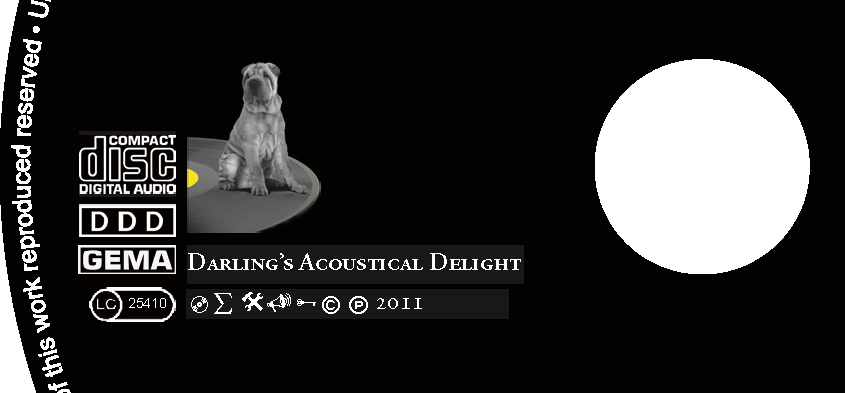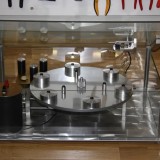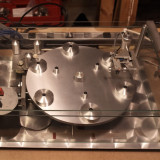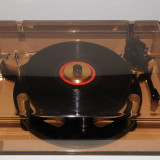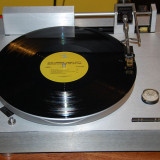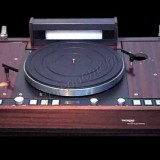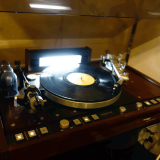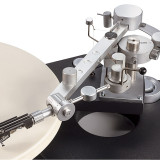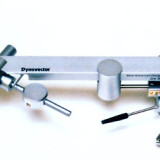The label with the different style and appearance! (LC 25410). (here during the design process for a CD). Our ideal of reproduced sound is mainly inspired by the sound of our favourite 1960s and 70s vinyl records from our collection, where we can choose from a more than adequate choice from approximately 20000+ LPs. That´s why Darling´s favorite place to sit on is on a LP, this logo is even found on CDs! Our inspiration (a selection) 

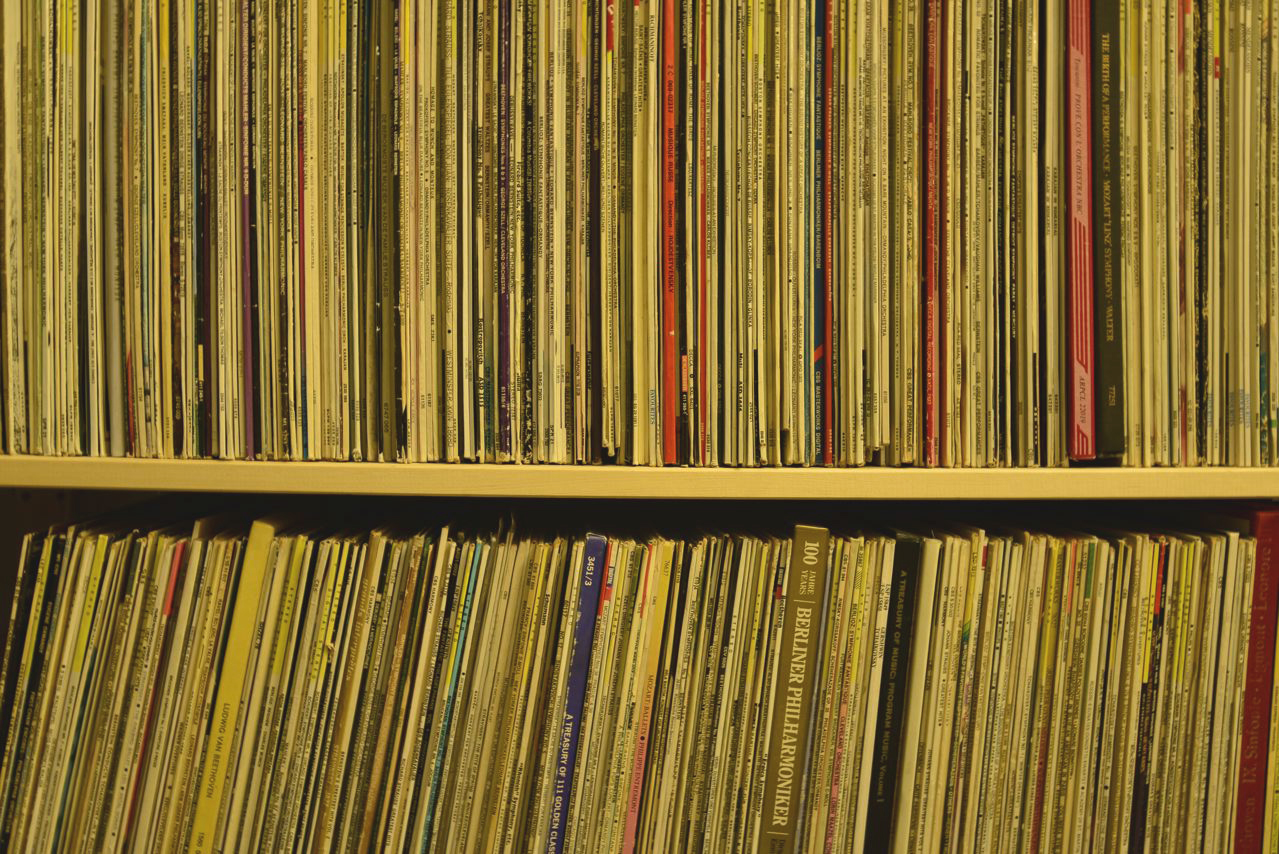
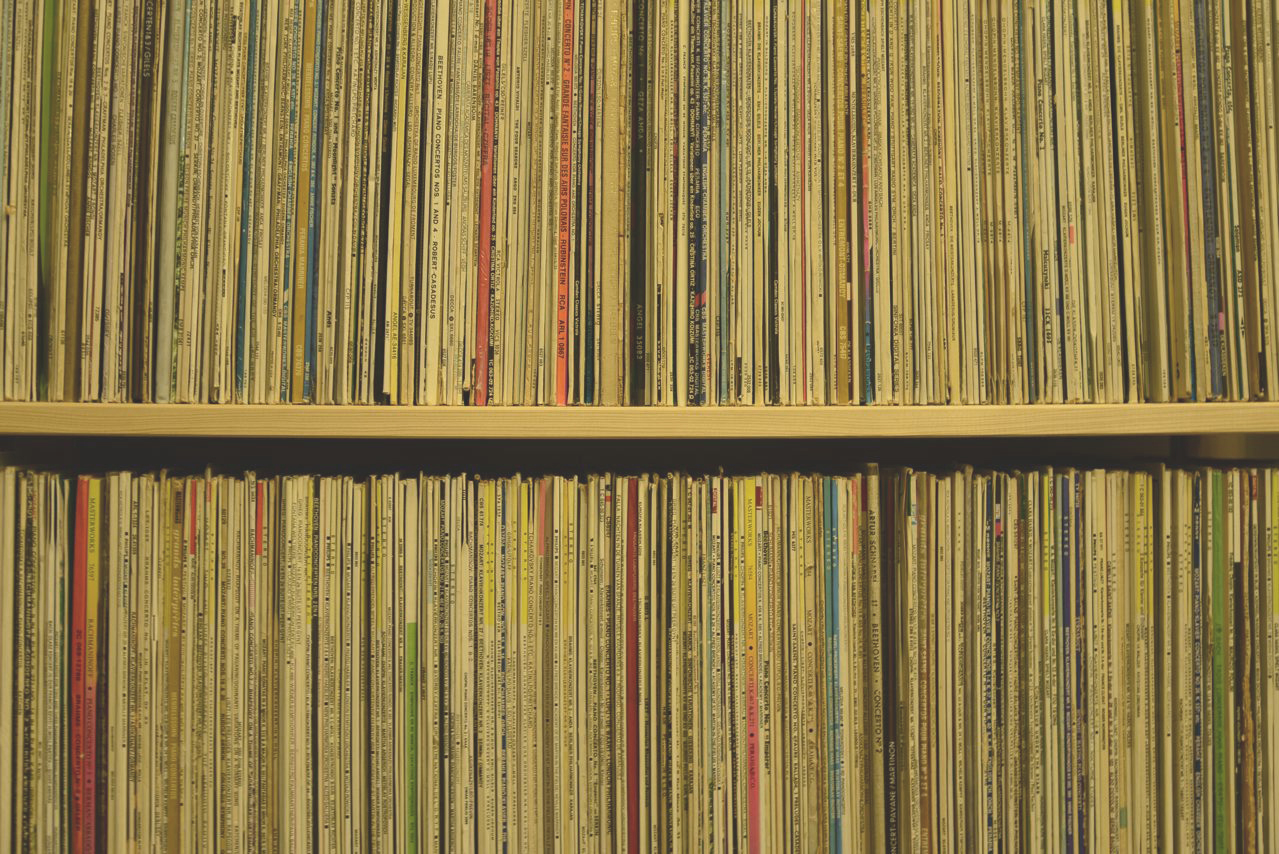
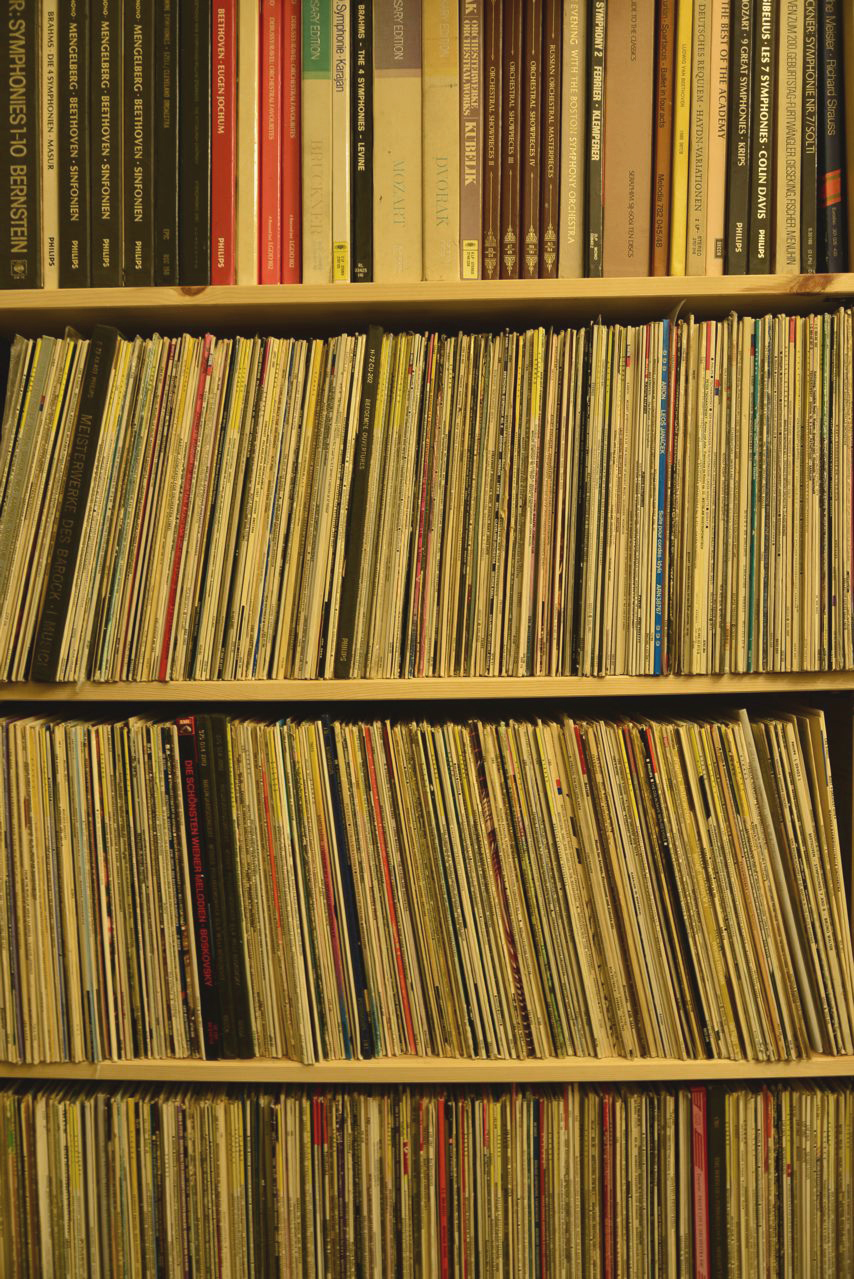
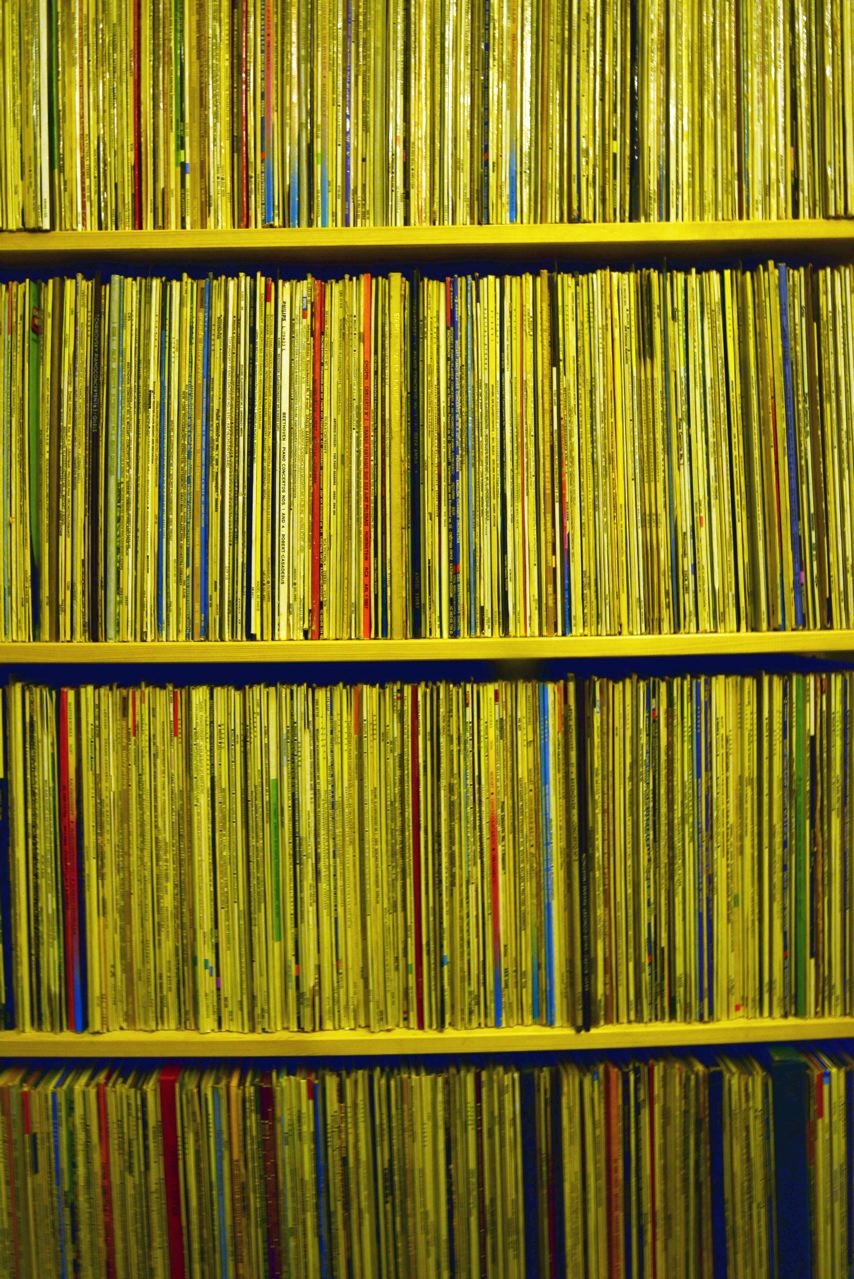
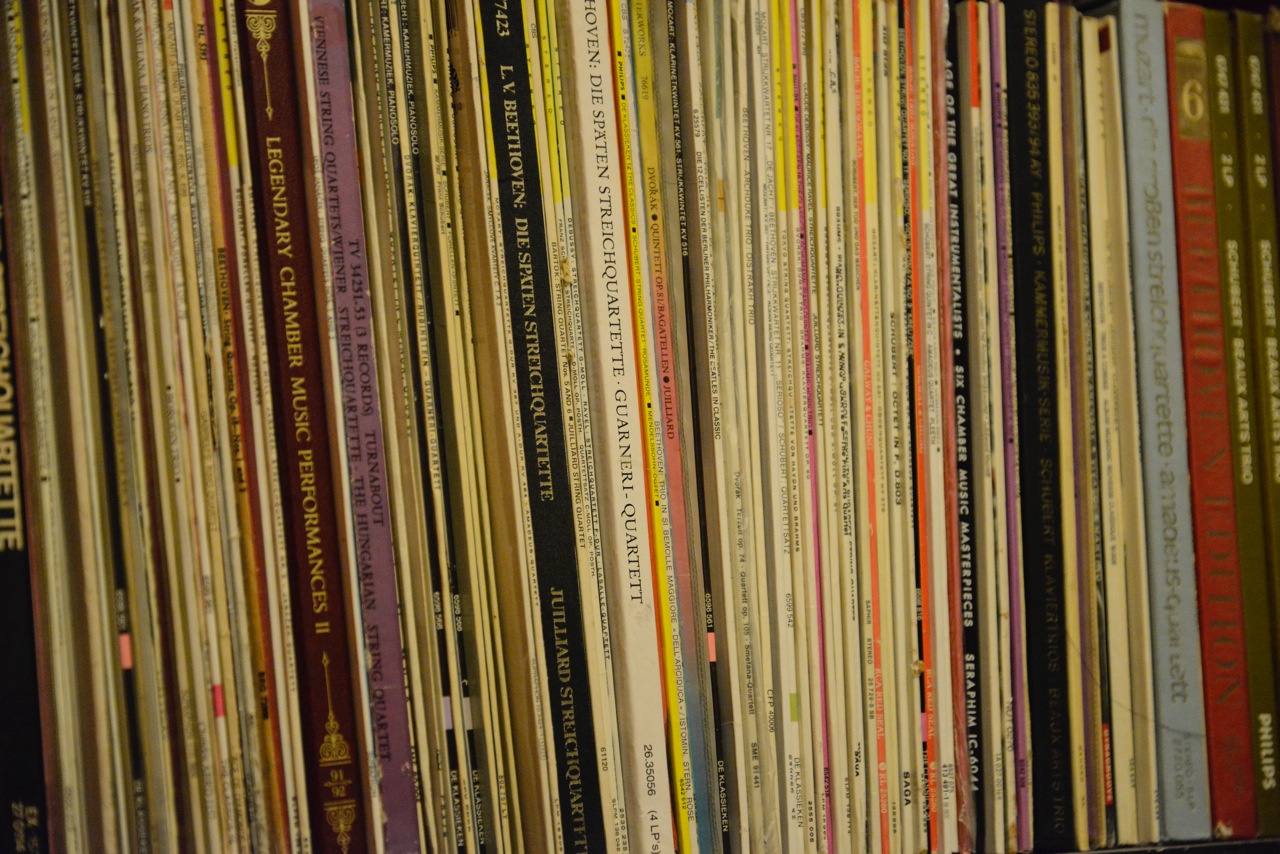 Although the CD sound quality of today is considerably better than earlier generations, it still lacks the „analogue“ sound. We can assure that in spite of our preference for vintage analogue sound, we are not at all against the high end electronic achievements of ingenious developers of today! So at the premises of Darling Publications we do have an adequate amount of electro-smog! But we are still striving to that „bit“ of difference … MOST important is for us the NATURAL acoustics. As especially string players experience, nothing can replace a beautiful natural acoustic, which can be create an athmosphere for the musician to perform the best he can.
Although the CD sound quality of today is considerably better than earlier generations, it still lacks the „analogue“ sound. We can assure that in spite of our preference for vintage analogue sound, we are not at all against the high end electronic achievements of ingenious developers of today! So at the premises of Darling Publications we do have an adequate amount of electro-smog! But we are still striving to that „bit“ of difference … MOST important is for us the NATURAL acoustics. As especially string players experience, nothing can replace a beautiful natural acoustic, which can be create an athmosphere for the musician to perform the best he can. 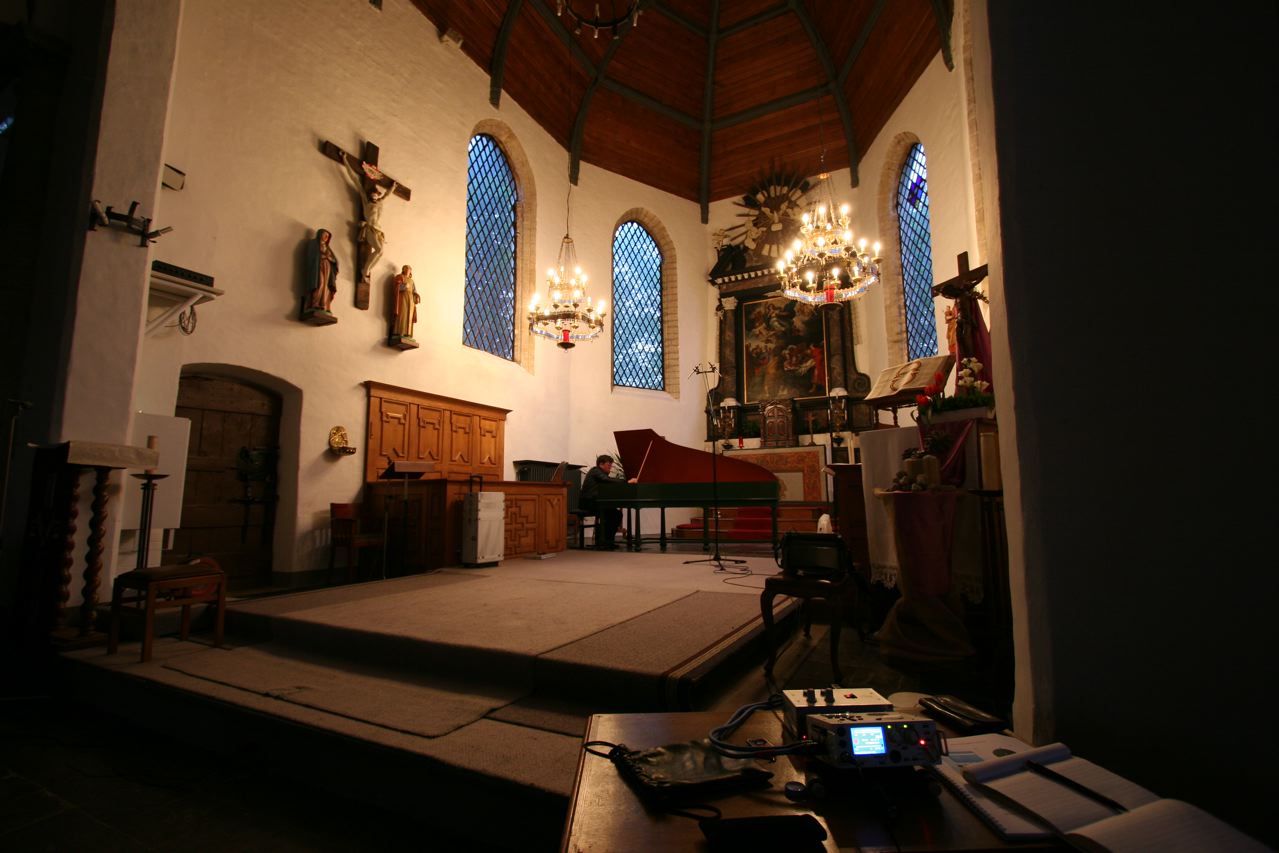 Like this Chapel (13th-16th Century) near Antwerp where we made a recording with the Flamish harpsichord player Ben van Espen with The Inventions and Sinfonias BWV 772–801, also known as the Two- and Three-Part Inventions. A collection of thirty short keyboard compositions by Johann Sebastian Bach (1685–1750): 15 inventions, which are 2-part contrapuntal pieces, and 15 sinfonias, which are 3-part contrapuntal pieces. They were originally written as musical exercises for his students. Bach titled the collection:
Like this Chapel (13th-16th Century) near Antwerp where we made a recording with the Flamish harpsichord player Ben van Espen with The Inventions and Sinfonias BWV 772–801, also known as the Two- and Three-Part Inventions. A collection of thirty short keyboard compositions by Johann Sebastian Bach (1685–1750): 15 inventions, which are 2-part contrapuntal pieces, and 15 sinfonias, which are 3-part contrapuntal pieces. They were originally written as musical exercises for his students. Bach titled the collection:
Honest method, by which the amateurs of the keyboard – especially, however, those desirous of learning – are shown a clear way not only (1) to learn to play cleanly in two parts, but also, after further progress, (2) to handle three obligate parts correctly and well; and along with this not only to obtain good inventions (ideas) but to develop the same well; above all, however, to achieve a cantabile style in playing and at the same time acquire a strong foretaste of composition.
(by the way, the harpsichord was a beautiful instrument made by Geert Karman) Our recording equipment: We do this in our digital productions with the famed Dutch Sonodore microphones with its own 60V power supply instead of the 48V phantom power: 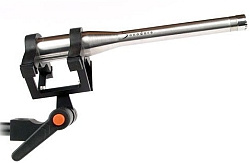


 The 60V power supply, custom made by Rens Heijnis:
The 60V power supply, custom made by Rens Heijnis:  On location at: Onze-Lieve-Vrouw-Ten-Hemel-Opgenomen Kapel, Millegem, Ranst (Antwerp)
On location at: Onze-Lieve-Vrouw-Ten-Hemel-Opgenomen Kapel, Millegem, Ranst (Antwerp) 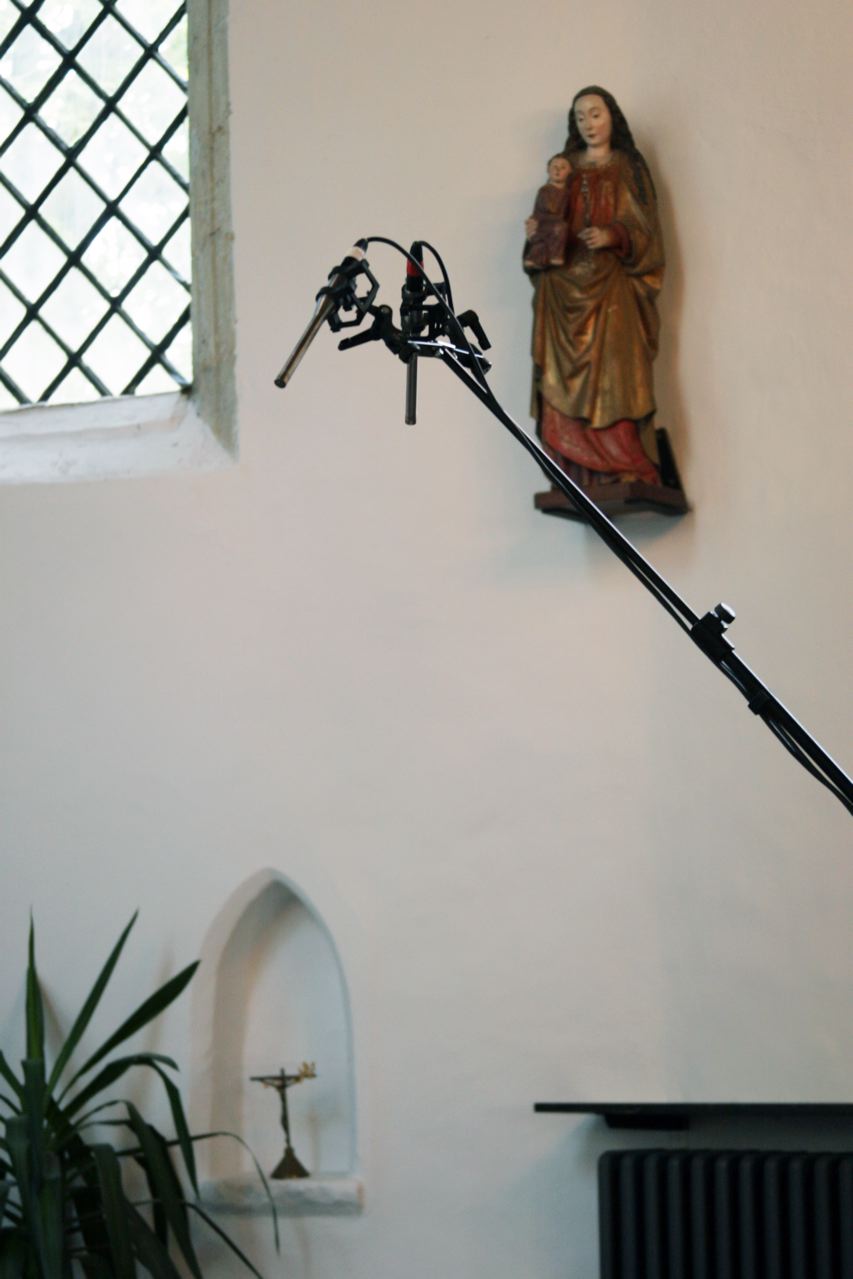 If more microphones are needed, the legendary Swiss Stellavox AMI 48 analogue mixing console, is waiting. (This one was made 1979 for the ORTF (Austrian Broadcasting) and fully restored by the former Stellavox chief engineer Jean-Pierre Gurtner in 2009):
If more microphones are needed, the legendary Swiss Stellavox AMI 48 analogue mixing console, is waiting. (This one was made 1979 for the ORTF (Austrian Broadcasting) and fully restored by the former Stellavox chief engineer Jean-Pierre Gurtner in 2009): 
 Here we used also exclusively the solid state recorder by NAGRA from Switzerland (here connected with the Rens Heijnis 60V microphone power supply):
Here we used also exclusively the solid state recorder by NAGRA from Switzerland (here connected with the Rens Heijnis 60V microphone power supply): 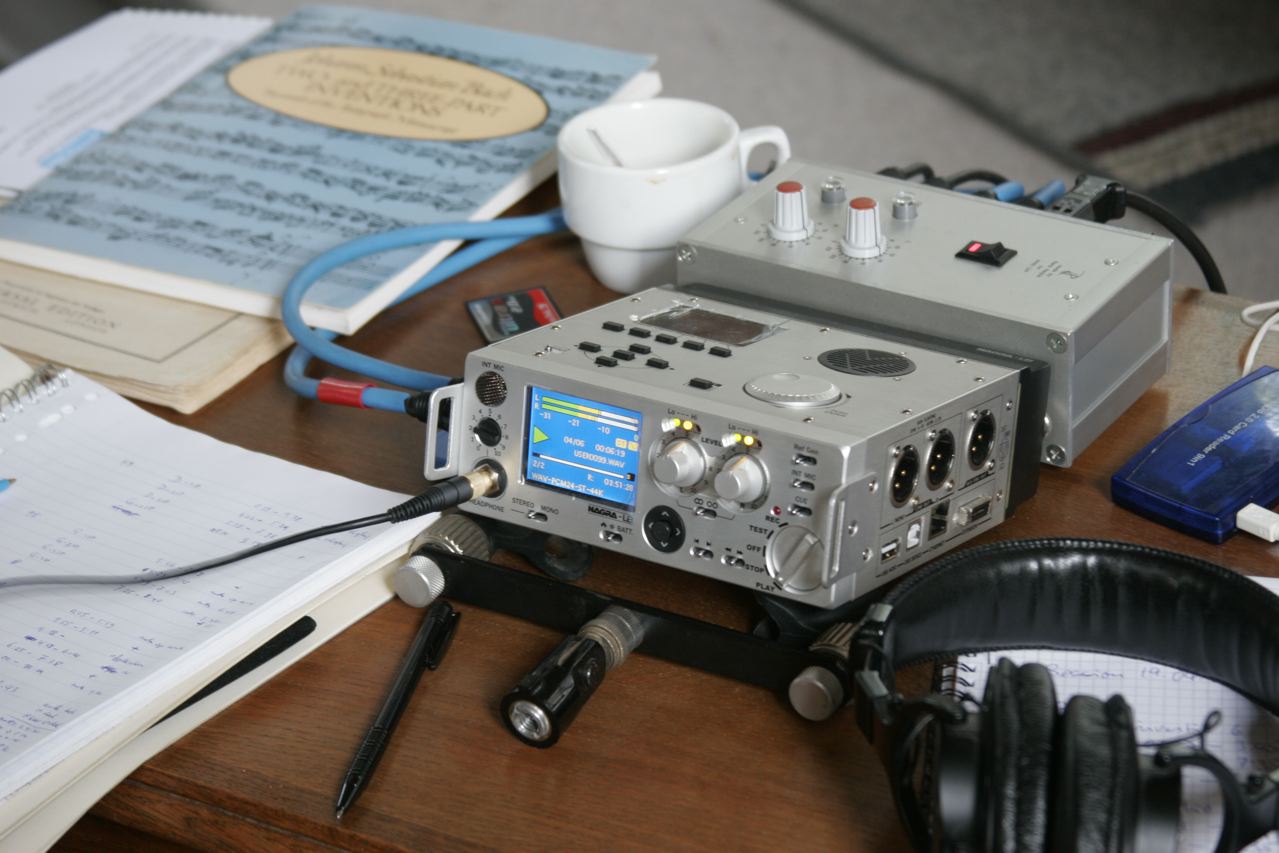
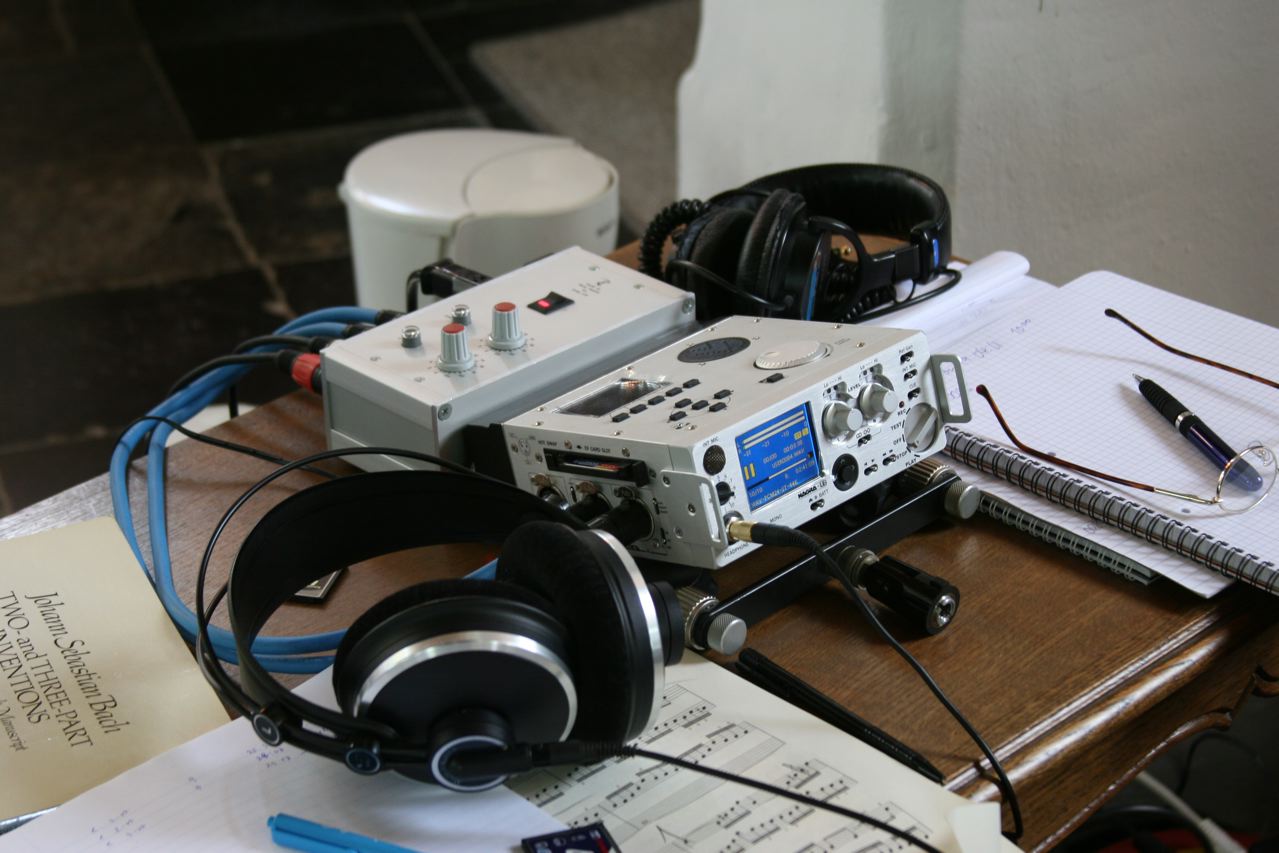 The LPs are mostly reproduced on Britsh/Scottish/Irish turntables like: Our turntables: The British/Irish Transcriptor Transcriber, Ortofon Carridge (only turntable in the world WITHOUT arm, because the rotating platter is moving under the needle!): The Transcriptors Transcriber is constructed from aluminium and stainless components, housed in a clear toughened glass case, with all glass edges ground. The unit features a main bearing of thin section, ground and polished stainless steel running into teflon bushes, and onto a tungsten thrust pad. The platter of the Transcriber is of heavy construction, driven by two 24-pole AC synchronous motors via a neoprene belt. The turntable is supplied fitted with a Transcriptors Microtracer tonearm, a jewelled unipivot arm with fluid damping.
The LPs are mostly reproduced on Britsh/Scottish/Irish turntables like: Our turntables: The British/Irish Transcriptor Transcriber, Ortofon Carridge (only turntable in the world WITHOUT arm, because the rotating platter is moving under the needle!): The Transcriptors Transcriber is constructed from aluminium and stainless components, housed in a clear toughened glass case, with all glass edges ground. The unit features a main bearing of thin section, ground and polished stainless steel running into teflon bushes, and onto a tungsten thrust pad. The platter of the Transcriber is of heavy construction, driven by two 24-pole AC synchronous motors via a neoprene belt. The turntable is supplied fitted with a Transcriptors Microtracer tonearm, a jewelled unipivot arm with fluid damping.
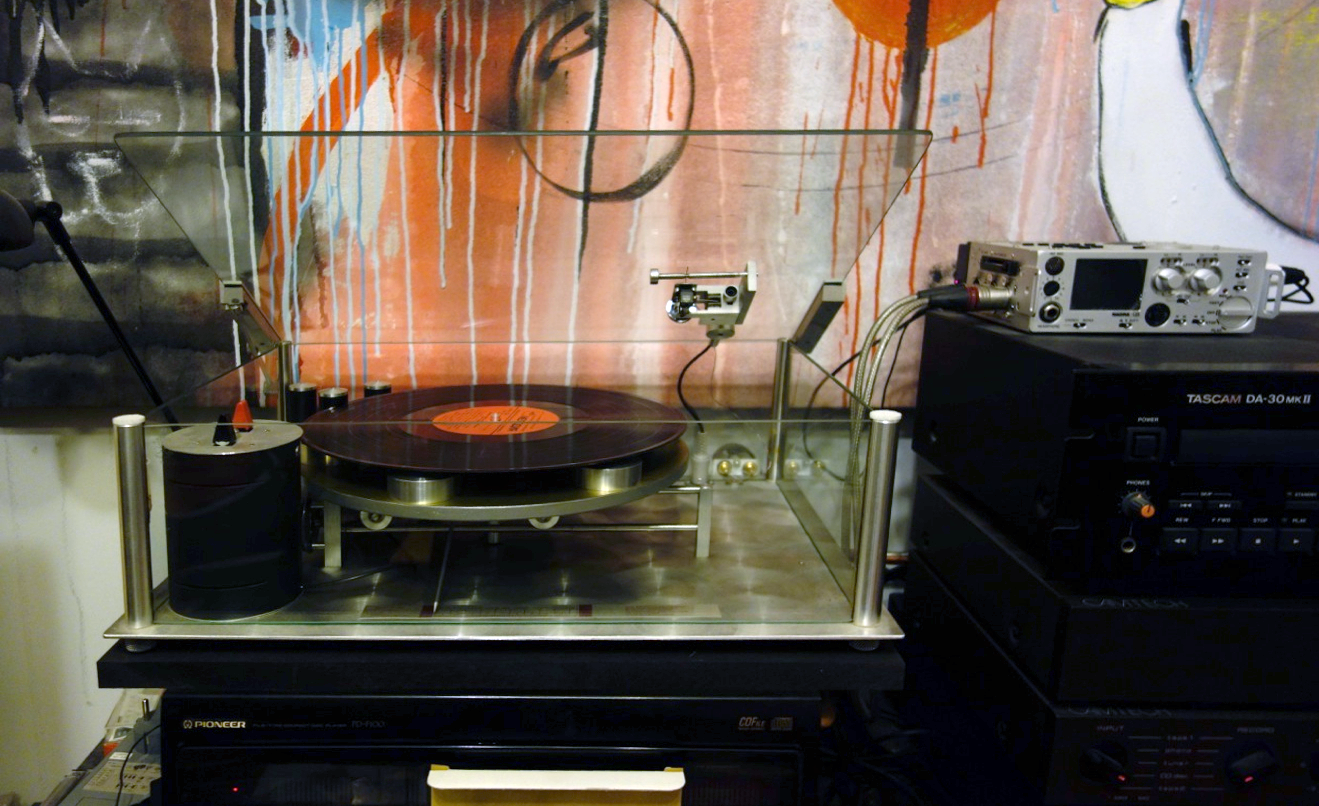
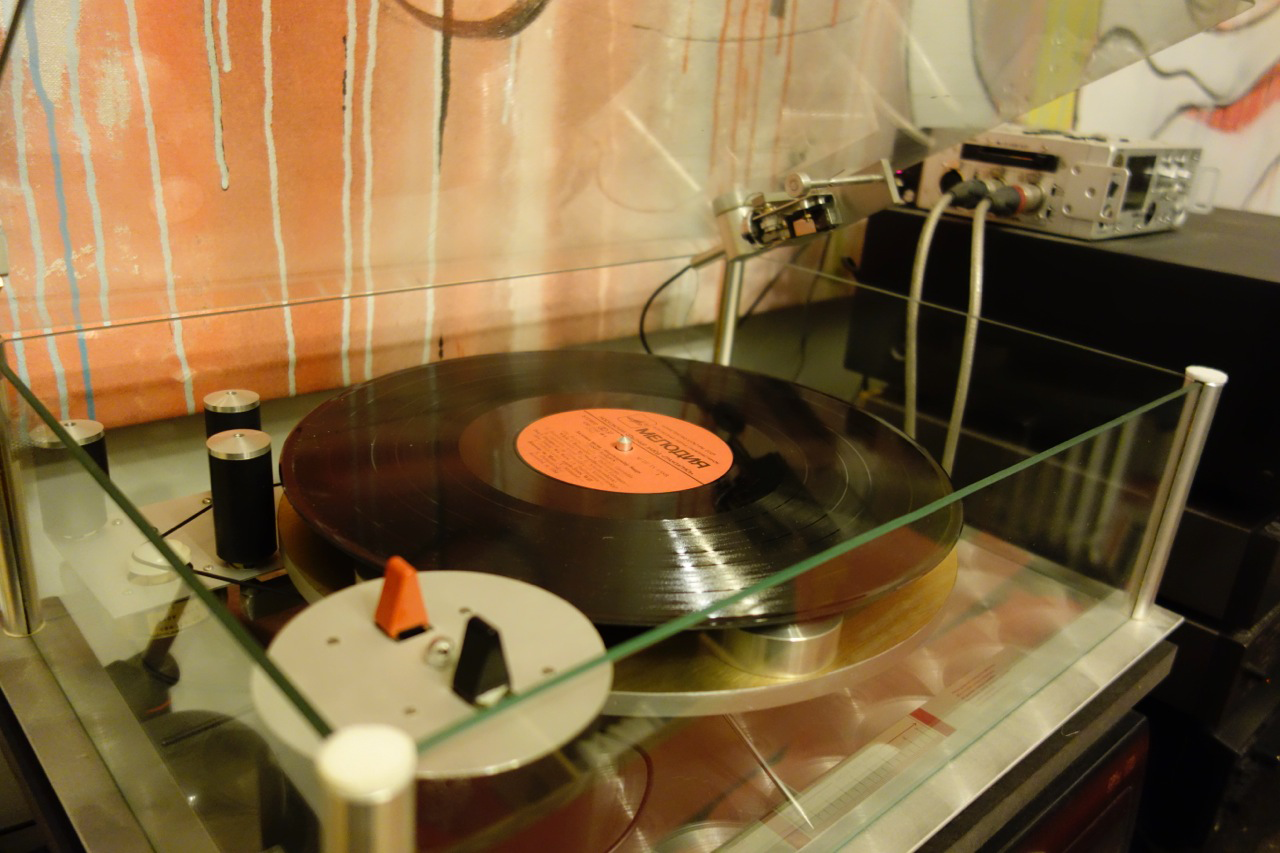
http://www.youtube.com/watch?v=3qORTH_QaKs The British Mitchell Gyrodec, Rega RB 300 arm, Denon 303 Cartridge: The Gyrodec is a belt-driven turntable, with a separate free-standing DC motor. The beautifully machined chassis is suspended on three pointed feet and supports the platter on a high quality bearing and an arm mounting plate onto which a huge variety of tone arms can be attached. Polished brass weights hang from the bottom of the platter and catch the light as the record rotates.
http://www.youtube.com/watch?v=_XkViodV4KI The Systemdek II by Dunlop, SME 3009 III arm, Linn Cartridge: Audio enthusiasts above a certain age will remember with fondness the Britsh turntable brand that was as prevalent in Hi Fi stores during the 1980s as Rega and Thorens, but faded away in the 1990s as the LP itself disappeared from the consciousness of all but the most committed vinyl diehards. If Derek and Ramsay Dunlop, sons of the late Peter Dunlop, who headed up Systemdek, are to be beleaved, there are many thousands of Systemdek turntables still spinning around the wor1d that have required little in the way of maintenance other than the occasional replacement drive bell.
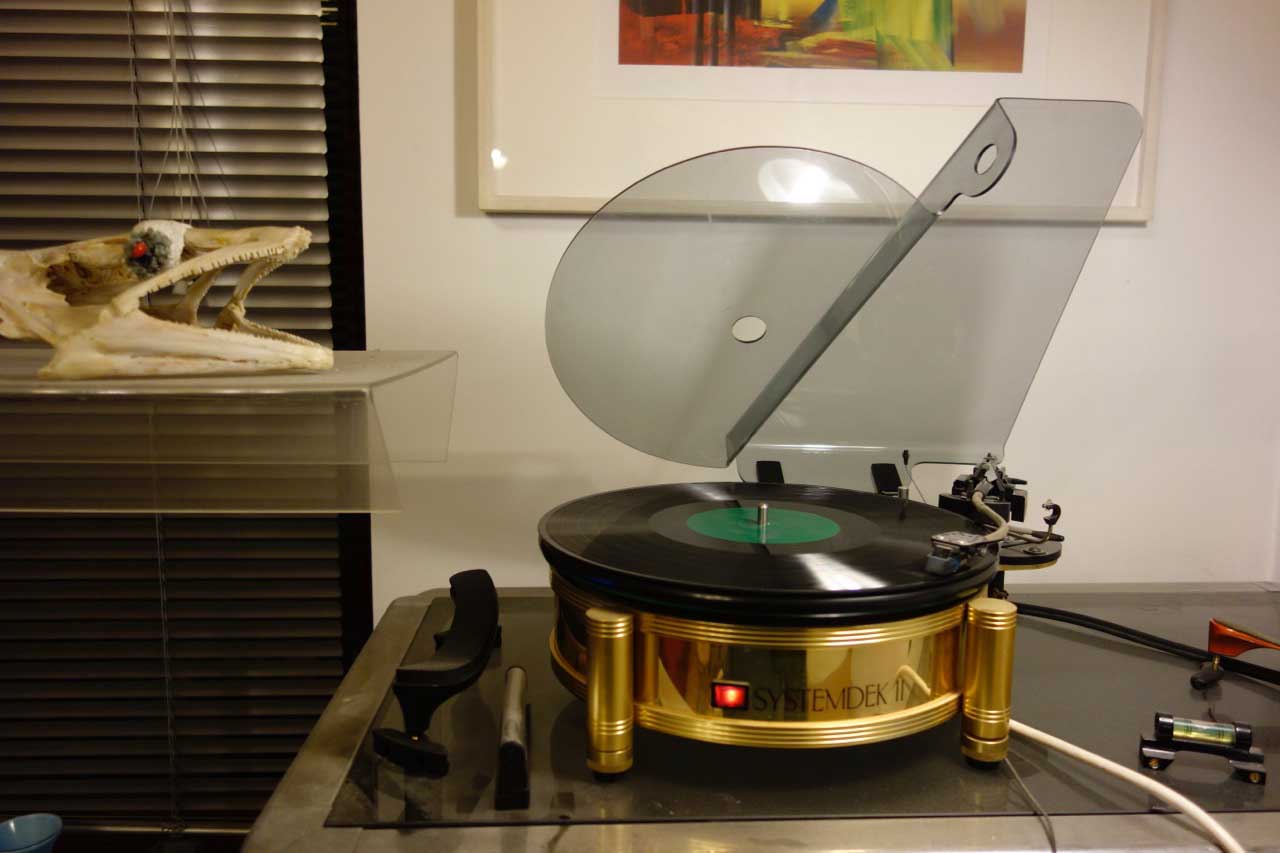
A 1975s (by then still) American Harman Kardon ST7 tangential turntable with the Rabco ST 7 tangential arm (here some more Flickr images from the ST7 of Canadian collector Andrew Secord and links to some other nice stuff from Andrew!):
And for some repertoire the German Thorens 226 with two arms; the Japanese famed Dynavector DV 505 arm with Stanton EEE cartridge for 33 rpm LPs. The second arm, an Thorens TP 16 arm is equipped with a Goldring cartridge for 78 rpm shellacks:
As reference since 1987 we cannot imagine to use other but the beloved and irreplaceable pair of Apogee magnetostatic full range ribbon speakers, here with Yung Chin from New York at his first visit in Cologne.
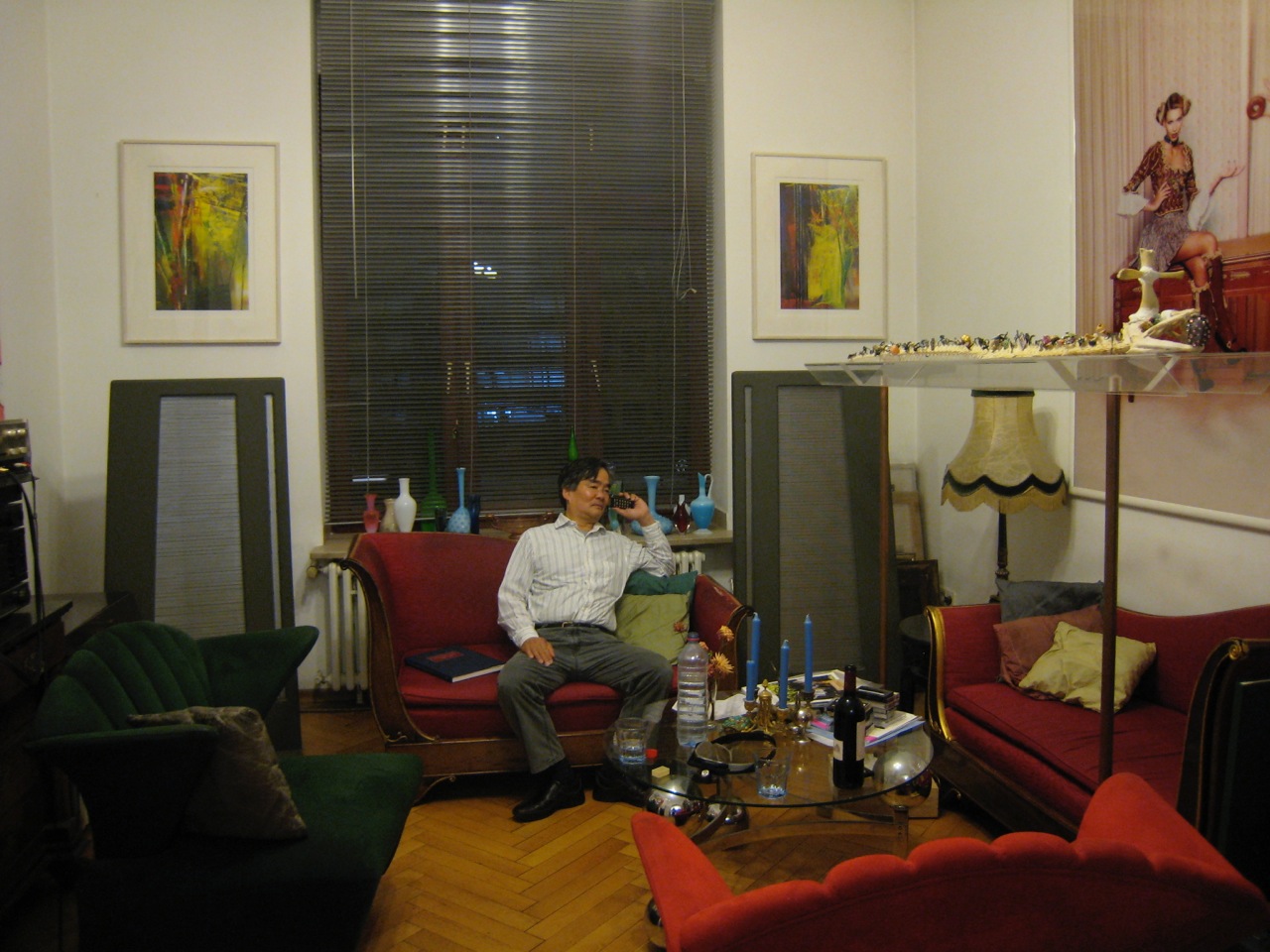
Although we love the sound of valve pre and power amplifiers, the only decent affordable way to supply the magnetostatic speakers with enough current is through the transistor technology, we like the Britsh Camtech in German modification (it delivers up to 40 Ampere!) or the legendary Japanese Accuphase C 200L/P 300L equipment: Here the finished logo design of the CD: